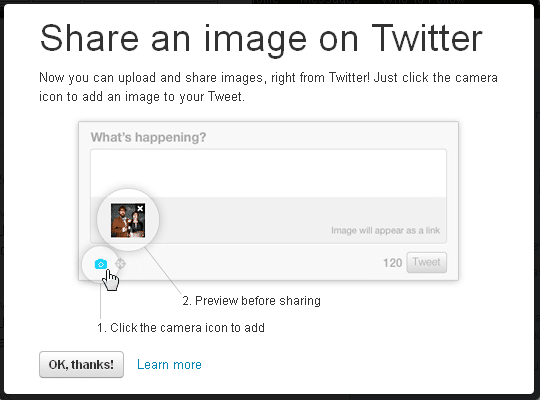The digital marketing landscape continues changing rapidly today. As a marketer, you have to adapt to these changes to survive in this highly competitive environment. One of the most notable changes in the industry is the phenomenal growth of mobile in digital marketing.
To appreciate the impact of mobile on digital marketing, you only have to look at the numbers. In 2018, 52.2% of all website traffic worldwide was generated through mobile phones.

In 2019, 92% of Facebook’s advertising revenue comes from mobile.
Looking forward, nearly three-quarters of internet users will access the web solely via their smartphones by 2025.
The numbers highlight the latent potential in mobile marketing. If you are a digital marketer, you have to add mobile into your marketing mix. To do this, you have to leverage the latest trends in the industry. This helps you stay ahead of the pack.
This guide highlights some of the mobile marketing trends that continue revolutionizing the industry in 2019.
1. Mobile Augmented Reality (AR)
Augmented Reality (AR) is no longer a fad or a futuristic concept. Trendsetters have already embraced the opportunities offered by AR to deliver an immersive experience for consumers. Global AR ad revenue in 2018 reached $428 million and is expected to triple by 2021. As a marketer, you have to join the bandwagon by integrating AR into your mobile marketing mix.
The leading tech giants, including Facebook, Amazon, Adobe, Apple, Google, and Microsoft, have invested heavily in Mobile augmented reality because of the potential they see in this technology.
AR technology allows more innovation, flexibility, interactivity and better customer experience. All these are attributes that will boost your marketing strategy.
2. Mobile Video
If you have not started integrating video into your marketing campaigns, it is time to tweak your strategy. Video is one of the most effective marketing tools today, and mobile is the primary channel for watching this content.
Video is ideal for telling a story about your brand, promoting brand visibility, product launches, and so much more. It has a high ROI, and if you create sharable content, everyone will soon be talking about your brand.

3. Voice Search
A recent industry study predicted that more than 50 percent of searches will be voice-based by 2020. The largest tech firms, including Google, Amazon, and Microsoft have launched smart voice assistants in the market.
From Amazon Alexa, Google Assistant, Apple Siri, Microsoft Cortana to Samsung Bixby, consumers now have an easy way to use search. Multiple smart devices now use this technology. This is a good reason to optimize your content for voice search.
More internet users now leverage these assistants for search. As a marketer, you have to create content optimized for voice search. This will make it easier for your target customers to find you.
4. Artificial intelligence (AI)
A decade ago, Artificial intelligence (AI) sounded like a futuristic concept that would never come to pass. Well, today, you have most likely used AI when shopping online.
AI continues making inroads on the marketing landscape. This technology makes it easier to map a customer’s journey and leveraging data generated from multiple contact points.
Through artificial intelligence technology, marketers can learn more about their customers and create personalized experiences.
From ad creation to website and social media content, AI offers an incredible opportunity to deliver an excellent user experience. The use of chatbots is just one example of AI at work.
Most websites now leverage these tools to deliver better customer service. This technology will help improve relationships between marketers and their customers.
5. Omnichannel Marketing

Any marketer using a single marketing channel risks sinking into oblivion. In a highly interconnected world, marketers have to adopt a multi-channel marketing approach to reach their target customers.
For instance, a local store can now target potential customers on social media and direct them through the door. Omnichannel marketing is a step up in an attempt to provide a seamless communication process.
If you target a customer on Twitter, the conversation can move to email and eventually direct them to your website. Here, you can interact through live chat or on the phone. This is a big trend in 2019, and as a marketer, you have to adopt this strategy for improved customer engagement.
A recent study shows that businesses that used omnichannel customer engagement techniques enjoyed higher customer retention compared to those that don’t.
Wrapping Up
In 2019, mobile marketing offers unlimited opportunities for businesses. As a marketer, you have to stay abreast of all developments in the mobile marketing landscape. This is the only way to harness the immense opportunities available in mobile marketing.
This list is not exhaustive, but it gives an idea of the mobile marketing trends you should continue watching. The digital marketing landscape is fast-paced, and new technologies emerge every day. If you are among the early adopters, you will enjoy a competitive edge in your target market.
Author: Benjamin Shepardson is the founder of NoStop Content. With an extensive career in digital marketing and web development, Ben’s knowledge of the industry has enabled small businesses to scale and grow through well-crafted content and strategy.













Leave a Reply